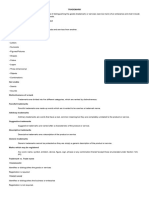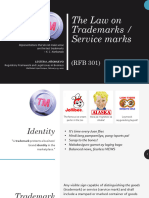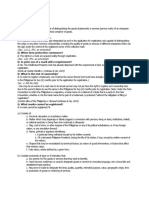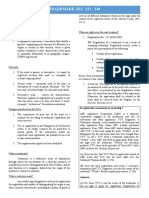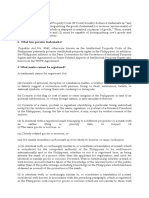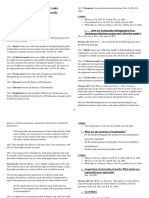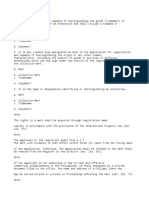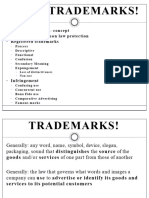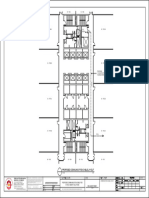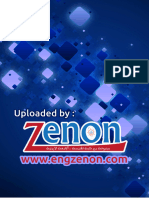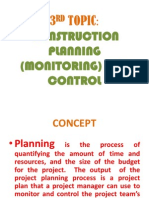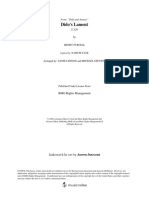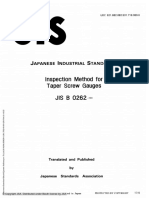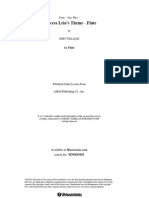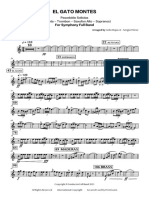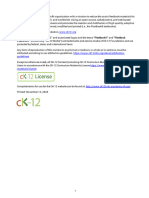0% found this document useful (0 votes)
58 views4 pagesTRADEMARK
The document discusses Philippine trademark law. It covers requirements for trademark registration, types of trademarks, acquisition of trademark rights, registration procedures, effects of registration, and what makes a trademark infringing. Key points include that prior use is no longer required for registration, rights are acquired through registration, and infringing uses include reproduction or imitation that causes likelihood of confusion.
Uploaded by
owarimasen02Copyright
© © All Rights Reserved
We take content rights seriously. If you suspect this is your content, claim it here.
Available Formats
Download as PDF, TXT or read online on Scribd
0% found this document useful (0 votes)
58 views4 pagesTRADEMARK
The document discusses Philippine trademark law. It covers requirements for trademark registration, types of trademarks, acquisition of trademark rights, registration procedures, effects of registration, and what makes a trademark infringing. Key points include that prior use is no longer required for registration, rights are acquired through registration, and infringing uses include reproduction or imitation that causes likelihood of confusion.
Uploaded by
owarimasen02Copyright
© © All Rights Reserved
We take content rights seriously. If you suspect this is your content, claim it here.
Available Formats
Download as PDF, TXT or read online on Scribd
/ 4

